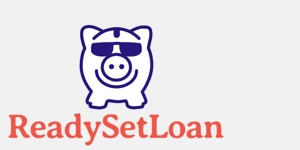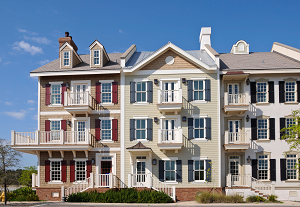 In Mortgagee Letter 2012-18, HUD issued guidance for condominium processing and approvals regarding a number of criteria. This Mortgagee Letter modified the investor-ownership requirements for Existing and Non-Gut Rehabilitation projects.
In Mortgagee Letter 2012-18, HUD issued guidance for condominium processing and approvals regarding a number of criteria. This Mortgagee Letter modified the investor-ownership requirements for Existing and Non-Gut Rehabilitation projects.
For decades, HUD had required that no single person or entity may own more than 10% of the units in a condominium project. This mirrored the Fannie Mae requirement. One of the primary reasons for this is it gives one entity too much control over the financial direction (and viability) of the project.
The temporary guidance – which was extended to expire 8/31/2016 – now allows one investor/entity to own up to 50% of the units. There are several qualifiers to this percentage calculation:
- A Unit occupied by an investor is considered to be owner-occupied;
- Vacant and unsold units owned by a builder/developer are NOT considered to be investor-owned unless the unit is or has been previously inhabited by anyone; and
- Eligible non-profit organizations and eligible governmental housing programs are subject to this concentration limitation when previously they were not.
It was interesting that HUD would allow such a high percentage for Existing projects (which are projects that have been in existence for more than 12 months). We have received many inquiries from projects that have exceeded the 10% rule, but only by a small margin. This modification would now allow these projects to be deemed eligible whereas previously they were not.
This increase to 50% is far more valuable for Non-Gut Rehabilitation projects – which were lumped in with Existing projects for this guidance. In my conversations, this seems to be one of the greatest factors preventing these types of projects from gaining HUD’s approval.
For example, an investor purchases a project and wants to fix them up. The Units don’t require major mechanical work but are in a state of disrepair which has led to half of the tenants and Unit Owners moving out. When the project is purchased, the investor may own half of the units. His intention is to rehab the units and sell them, preferably to owner-occupants. This would generate more operating capital to continue the project.
Because the units have been previously occupied, they would be considered investor-owned and the project would be ineligible for approval with HUD.
Not everyone sees this increase as a good thing.
In a recent phone conversation, a President of a condominium association thought this was a bad move on HUD’s part. It was of her opinion that it could allow “slum lords” to purchase multiple units and not care about the general upkeep of the project. Having so many votes in the Association would allow great power especially because so many Unit Owners don’t typically attend the voting sessions.
We are not as pessimistic because if a project is not looking to get approved with HUD, her slum lord scenario could still occur.
HUD is making these modifications to help to stir the housing market while still working to mitigate risk.
We think this is a good move by HUD. We have spent time with those who write the guidance for condominiums and they are caring, intelligent people. They have a responsibility to the US Government in controlling cost while working to provide the public with financing options that make sense.
Top Photo Credit: (c) Can Stock Photo / joyfuldesigns







 Unless FHA releases a new Mortgagee Letter in the next few days, the temporary guidelines for condominium approvals created in
Unless FHA releases a new Mortgagee Letter in the next few days, the temporary guidelines for condominium approvals created in